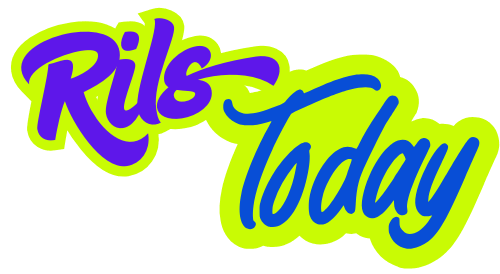
Your product works. It may not be perfect, but it is good enough to solve a problem. The next step is to get it in the hands of people. Your go-to-market (GTM) strategy is important. This is a plan that will help you reach the right people in the best way and gain momentum, without wasting money or time.
The Grounding of a Real Pain Point
Founders tend to start Market with technology. It is more effective to begin with the pain. You should dig deeper if you built something that was technically intriguing but didn’t know the answer to: “What problem does this solve? And who is actively feeling it?”.
You are not selling a particular product. You are solving a specific problem. You’re solving a problem.
Position yourself as a builder, not a marketer
Some founders think that positioning is simply finding the perfect slogan. It’s not just a copy. It’s about how your product fits in a customer’s mind. It’s how they describe it to others. Why did they choose it over all the other bookmarks?
It’s important to have a good voice. Clarify what the product does, who it is for, and why you think it’s superior. Not for all users, but only those who are performing this particular task.
It’s especially important in fields such as AI and SaaS, where the noise is constant. If you are adopting AI for SaaS, you will need a message that cuts through the hype and demonstrates how AI improves workflow.
Create a Sales Movement That Works for Your Stage
You don’t require a sales force immediately. You do need to provide a path for people to use your product after hearing about it. This is your sales strategy, whether you use self-service, founder-led phone calls, or onboarding with early users.
Talk to the people you are selling directly if your product is complex and B2B. The founders should participate in these calls as early and often as possible. You will learn quickly what matters to buyers and what objections they raise.
Your product is your sales motion. Do not separate them. Don’t build too much before you have closed a few manual customers.
Prepare Your Infrastructure
Set up a structure that allows you to track your progress. CRM basics. Tracking which messages are bringing users in. A simple onboarding process.
It’s more important if you are working on B2B tools or anything with a lengthy decision cycle. If you are thinking about the SaaS development processes, you can save weeks by building early and keeping flexibility in mind.
Prices are not as complicated as you think
Prices are not only financial, but also emotional. Pricing tells customers how serious you are and what type of customer you’re looking for. It also shows if the value is worth it. Tech startups often go with freemium, or try to “figure it all out later”. This is a missed chance.
Talk to those who are saying no. Ask about friction. Are you too cheap to seem legit? Do you ask too much for your product before demonstrating value?
You will likely change your pricing several times. It’s not only about finding the cheapest price, but also which pricing structure will make it easier to sell.
You can now listen to your users where they already talk
Concentrate on where your users go to get advice, news, or solutions. This could be X (Twitter), HackerNews, Slack Communities, niche Discords, or Product Hunt Comments.
You may be tempted to try all the channels: paid, SEO, LinkedIn, anda cold approach. But most channels don’t work until you understand your buyer deeply. Choose one or two places, be consistent, and test messages there.
GTM is part of product work
It’s not separate from the product roadmap. It should influence what you build. You can tell where you should go if users are confused about one use case but excited about another.
GTM strategies aren’t developed in isolation. They are closely tied to actual user behavior. They can shape onboarding flows and surface “wow” moments, as well as reduce friction for value.
Even with a fantastic product, if you consider GTM a side project, you will struggle to grow. You’ll be able to make better decisions if you consider GTM as part of the building process.
Go-to Market Is A Living Thing
Your original plan will not be the same. Your product will change, as will your customers, and the way you buy. What works for one persona may not work next quarter.
The best strategies for going to market don’t feel like a grand reveal. They are a series of smart bets, made by people who understand the problem.







